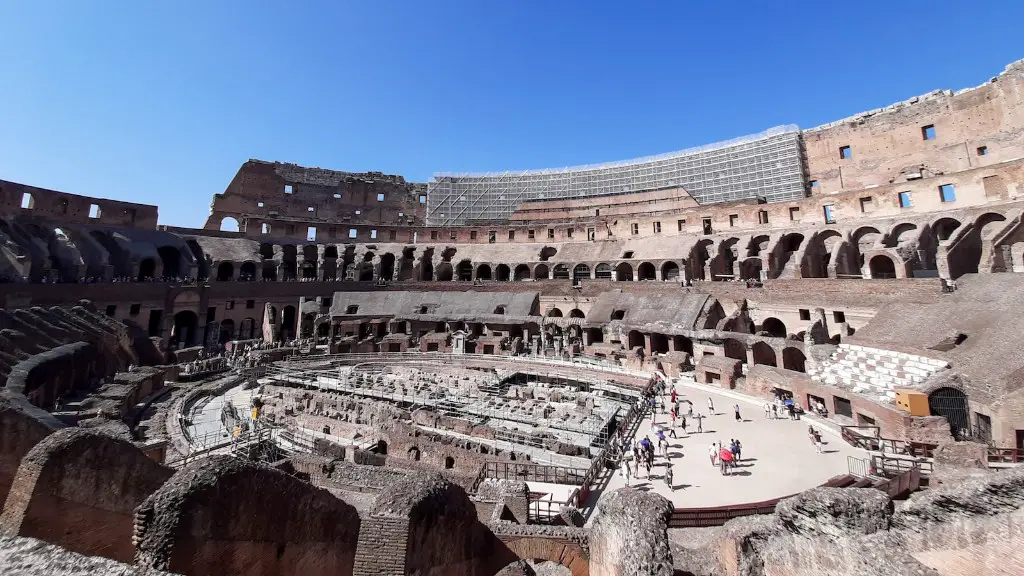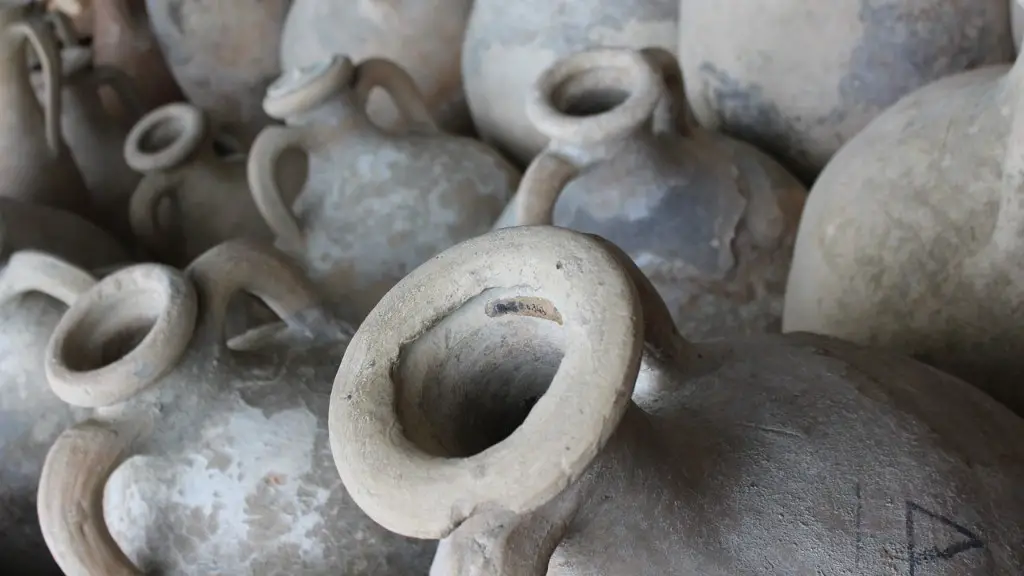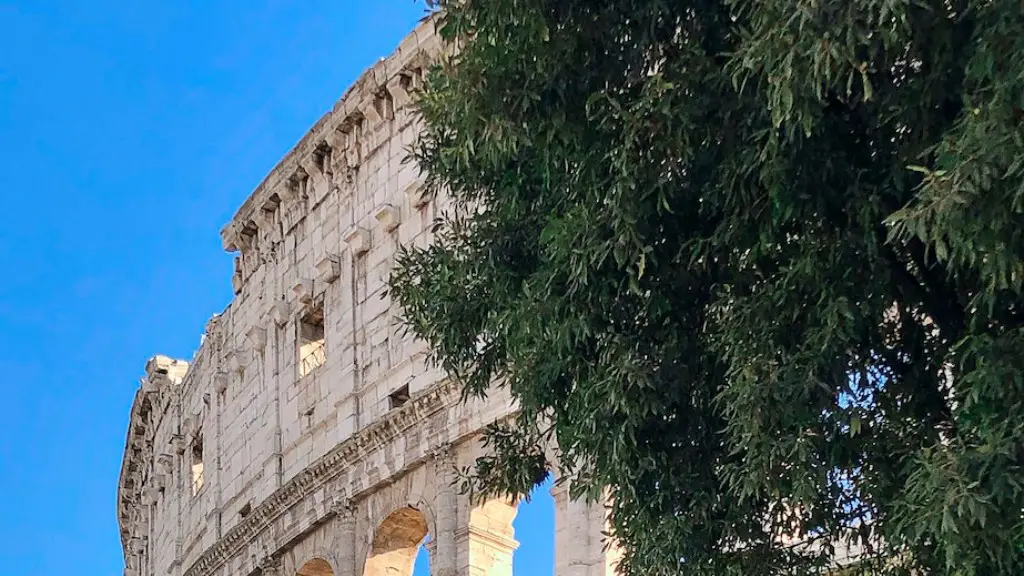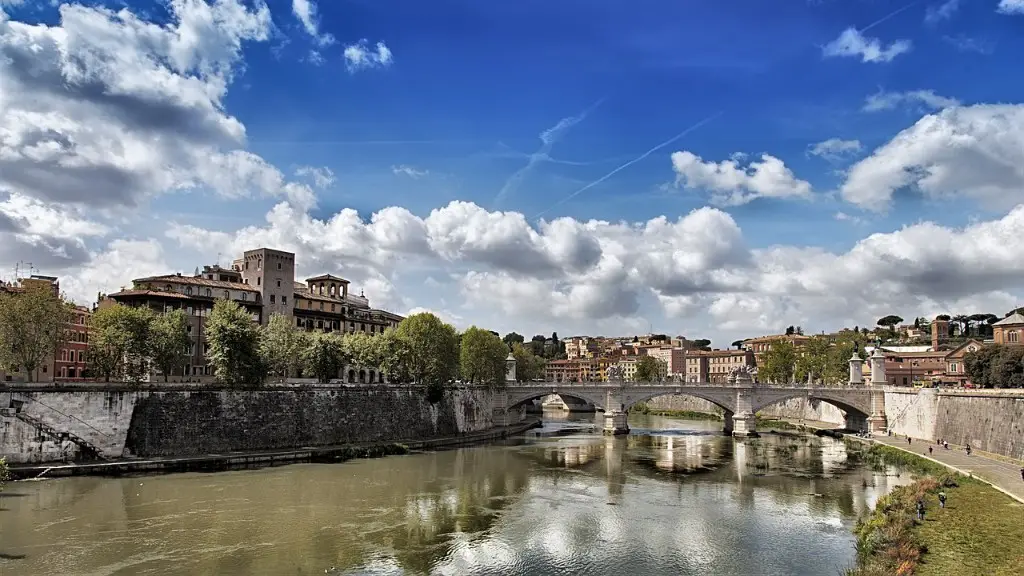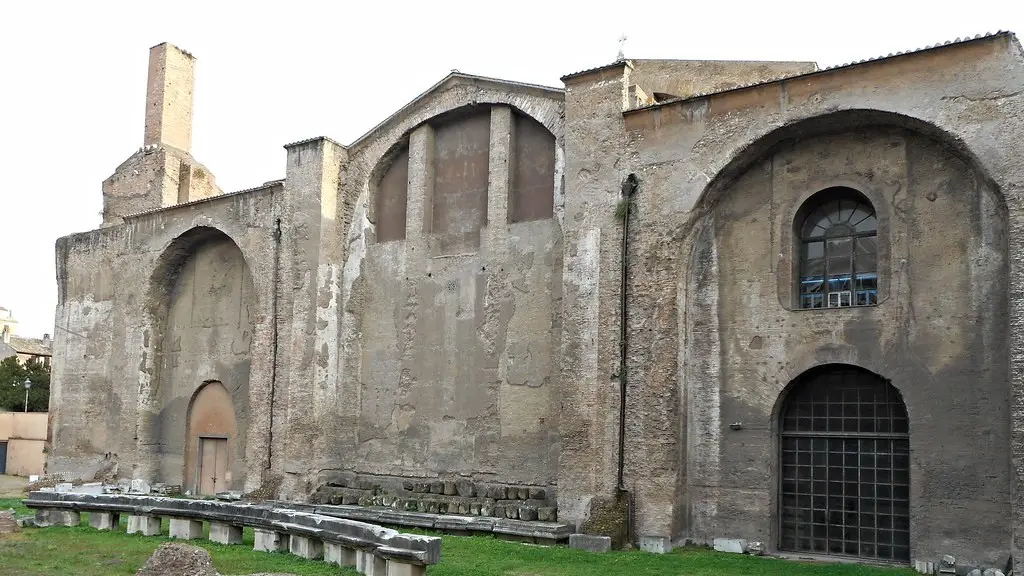Chariot racing was one of the most popular activities in Ancient Rome. It was enjoyed both by emperors and common people alike and was seen as a way to honor the gods, unite the society and foster sportsmanship. As such, it enjoyed immense popularity in the Roman empire and became an important part of the empire’s culture.
In chariot racing, two teams, each with a charioteer, competed in a race, either one of two or four chariots (depending on the race). Each team’s charioteer had to drive their team’s chariot around a course several times and the first to cross the finish line was declared the winner. Races were held in large stadiums and were often incredibly long and drawn out, with the races sometimes taking days to finish.
Chariot racing was also a very dangerous sport, as the chariots often overturned and crashed as they raced around the track. This made the sport even more exciting to watch as it was unpredictable, and no one was sure who was going to win until the race was finished. Additionally, the charioteers often used dangerous tactics such as ramming the other teams chariots in order to ensure their victory, again, increasing the thrill and excitement of watching the race.
The sport had extremely high stakes and was hugely popular amongst the people. The prize awarded to the winner was usually extravagant and made it worth the risk of racing. This increased the competition amongst charioteers as they strived to become the best, with fans cheering them on from the stands.
Chariot racing was also seen to be a spiritual activity, with several gods and goddesses associated with it, such as Neptune and Juno. Races were held in honor of these gods and were seen as a way to please them and show them their respect. As such, chariot racing was a way for the Romans to connect with their gods and goddesses and thank them for their blessings.
In addition to being popular amongst people, chariot racing was also extremely popular amongst the nobility and the ruling class of Ancient Rome. It was seen as a way to display their power and wealth, with emperors often sponsoring teams and races. Additionally, the emperors often competed in the races, either driving their own chariots or holding their own races with the other nobility.
Chariot racing was an important part of Ancient Roman culture, and it is still remembered today as one of the Roman empire’s most significant contributions to the world of sports and entertainment. It was a thrilling, dangerous and spiritual activity that united the society, gave people a sense of community and tested their skills, courage and strength.
Impact
Chariot racing had a lasting impact on the Roman empire, both culturally and socially. It helped to raise morale, as it provided an exciting release from the stresses of daily life. Additionally, it was an important part of the Roman economy, as many people relied on the gambling that went hand-in-hand with the sport, in order to make a living.
Additionally, the sport encouraged fair play and sportsmanship amongst the competitors. This, combined with the incredible skill required to successfully compete in a race, meant that chariot racing was seen as a powerful symbol of strength, courage and skill for the Roman people.
Overall, chariot racing had a lasting impact on the Roman empire and is still remembered today as one of the most important activities in its history. It was a thrilling and dangerous sport, as well as being a powerful symbol for the Roman people.
Legacy
Despite its demise in the Roman empire, chariot racing has left a lasting legacy and is still remembered today. It is seen as an important part of the Roman culture and is still celebrated in some form, with various races still occurring today, such as the Palio in Sienna, Italy.
In addition, chariot racing is also remembered in various forms of popular culture. It has been depicted in books and films, such as Ben-Hur and Gladiator, and has also been featured in some modern video games, including Assassin’s Creed Origins and God of War. It is thus seen as an important part of the Roman legacy.
The legacy of chariot racing is thus seen as an integral part of Roman culture, and it is still remembered today as one of the most thrilling and prestigious activities from the Ancient Roman empire.
Historical Reenactments
Chariot racing is also remembered through historical reenactments. These reenactments allow people to gain a glimpse into what chariot racing was like in Ancient Rome. Historical reenactions of chariot races are often held in various locations around the world and can vary in size and scope, with some replicating full stadium events while others using smaller spaces.
They are often open to the public and can provide a valuable insight into the culture, practice and excitement of Ancient Rome. They are also an important way to educate people about the importance of this event in the history of the Roman empire.
Historical reenactments of chariot racing are thus a great way for people to experience and learn about this important part of Roman culture. They help bring history back to life and give people an understanding of what chariot racing in Ancient Rome was truly like.
Conclusion
Chariot racing had an immense impact on Ancient Rome, both culturally and economically. It was important to the Roman economy, while also being a source of entertainment, excitement and spiritualism. It allowed the Roman people to connect with their gods and goddesses, while also being a powerful symbol of courage and strength. The sport of chariot racing left a lasting legacy and is still remembered today as one of the most important sports in the Ancient Roman empire.
Chariot racing has since been recreated in various forms of popular culture, with historical reenactments of the sport occuring around the world. They allow people to experience and learn about this important part of Roman culture, while also helping to bring history back to life.
